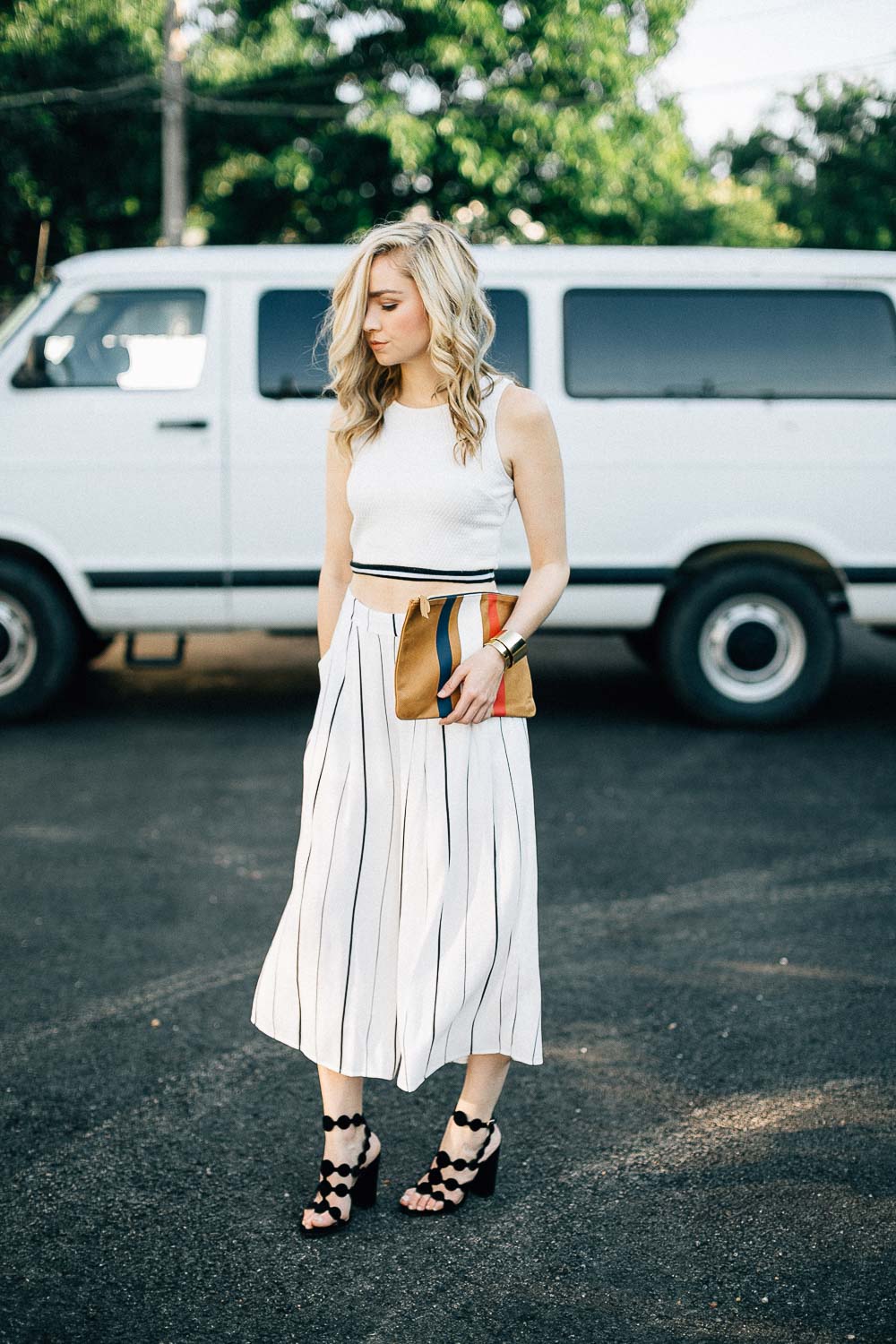Bonmarche, a UK based fashion retailer, has completed a piece of research in changing trends and attitudes towards different elements of fashion. Interestingly, they have found that there is a clear link between what is classed as fashionable, and the overall economy. This was seen mostly in the length of skirts, with the shorter the skirt is, the better the economy is.
It seems impossible to truly keep up with fashion trends nowadays. However, some experts are now suggesting that there is a link between economic stability and what fashion styles are nice. This theory has fascinated UK retailer Bonmarche, who completed a piece of research on new shopping trends, and whether these trends do relate to economic stability. To achieve this, they looked at historical trends, while at the same time surveying some 1,600 women aged between 18 and 80.
One of the most interesting things their research revealed, and perhaps the most surprising, was that there was a direct correlation between economic stability and hemlines! The e-commerce manager for Bonmarche says: “Whenever the maxi skirt, all the way down to the ankle, became fashionable, people were uncertain about their financial future. Cautious optimism was noted when hemlines reached to just below the knee. Skirts just above the knee seemed to imply that times were still tough, but clearly improving. And whenever mini to micro skirts were fashionable, people felt as positive as is possible.”
Indeed, during the 1930s, and again after 2008, skirt lengths started to drop again. And as the global economy improved, the length of the average skirt started to shorten again.
Another thing that the Bonmarche looked into was accessories. It seems that there is now a clear bond between technology and society, as one of the most popular accessories was the ‘wearable’. In fact, the study found that:
- 74% of the women surveyed said they no longer wear a watch, relying on their smartphone instead.
- Millennial woman love trying new tech, more so than Baby Boomers.
- 41% of millennials would like to own a wearable fitness tracker.
Next, Bonmarche decided to research women’s needs in terms of their bag. They found that 30% of women had a bag that weighed in excess of six pounds. Interestingly, the greatest differences were found here depending on geographical area, with Northeastern women being more likely to have a bag weighing 10lbs or more.
The research then looked at beauty products, and it was found that the most important essentials were lipstick or lip gloss, and mascara. Mascara was more important to slightly younger women, whereas those over 40 found lipstick more important.
In terms of underwear, Bonmarche found that:
- 38% of women preferred wearing a bikini brief.
- Millennial women were more likely to wear thongs.
Last but not least, Bonmarche looked into statistics on shoes. They found that:
- 12% of women own at least 50 pairs of shoes.
- 23% of women own between 20 and 49 pairs of shoes.
Interestingly, shoe purchases and ownership was pretty constant regardless of the economy. Women simply always love shoes, justifying that they need different pairs for work, leisure, sport, and more.
The e-commerce manager of Bonmarche ends: “Fashion trends change on an almost daily basis. However, it seems that these changes are linked to the economy as well. And yes, this does mean that we can all breathe a sigh of relief when we see skirts getting shorter! Best of all, it seems that the true drivers behind this are women over 40. If they suddenly feel comfortable in a miniskirt, you will know that the economy is booming!”

